As the Registrar of the Climate Friendly Travel registry, I am dealing with questions about the carbon footprint of travel and tourism companies and how to reduce their emissions of greenhouse gases (GHG). At this moment, the calls for action are still voluntary, but this may change after countries get together at the next Conference of Parties (COP26) of the Climate Change Convention (UNFCCC) in Glasgow later this year. I expect that regulations and legislation will be agreed that will make it compulsory for any business, including those in the hospitality sector, to have a climate action plan.
I realise that working out current carbon emissions of a hotel or a restaurant – your carbon footprint – is not as easy as it is made out to be. There are many carbon calculators on the market, and most are linked to financial incentives for you to sign up to carbon offsets that effectively negate your emissions. (More about offsets later). The calculators use average figures, and that raises questions. Surely, the emissions of a hotel room in central Stockholm are very different from the emission of a room in a safari lodge in Botswana. But – it is what we have, and we have to work with it.
As I will also explain below, many of the solutions to reduce your carbon footprint are not as straightforward either. For example, changing from incandescent lightbulbs to LED lighting is certainly a very positive step, but the precise figure for reduction in emissions depends on the types of light bulb before and after, the time they are in use and the number of light bulbs. New types of lighting may be even more efficient, so the emission reduction figure may change again by replacing the bulbs with the latest variety.

In this blog, I am trying to highlight the need to take action, list some of the opportunities for the travel and tourism industry, and look at some of the challenges we still have.
Although the Paris Agreement in 2015 talked about keeping global warming within 2 degrees, the latest scientific climate change report of mid-August 2021 makes it patently clear that we need to stay within 1.5 degrees. Already, we are getting close to this figure, and many of the environmental catastrophes of 2021 are attributed to climate change. As the United Nations Secretary General António Guterres said: it is “Code Red for Humanity”.
In order to maintain global warming to within 1.5 degrees, we need to do two things: manage the emissions of new GHG as explained in the graph below, and absorb existing human-created GHG in the atmosphere.
Carbon Dioxide (CO2) is the most abundant GHG produced by human activities, and arguably the most important pollutant to address for limiting climate change. However, we create and emit numerous other GHGs, many of which have an impact on climate change as well. The most prevalent of these gases are methane (CH4), nitrous oxide (N2O) and hydrofluorocarbons (HFCs). Fully addressing climate change will require reducing emissions of all GHGs to zero, but at present most of our attention is focused on decarbonisation; dealing with CO2 emissions.
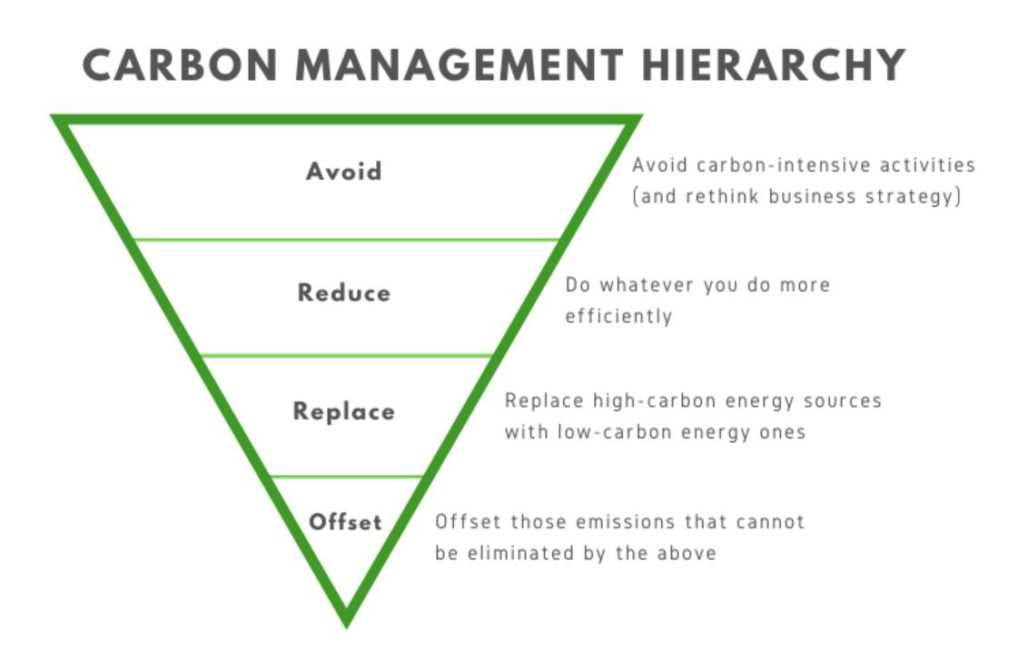
The hierarchy above illustrates that avoidance is the preferred action, followed by reduction and replacement. Offsets should be the last resort.
Avoiding carbon emissions
There are many options to change day-to-day management activities of the hospitality industry from carbon-intensive interventions to lower carbon developments that avoid emission of CO2. It requires a rethink of long-term planning and adapting short-term actions, within a 2050 zero Green House Gas emissions strategy.
The kind of actions that can help a hotel or a lodge to avoid new emissions include using green energy instead of fossil-fuel power, avoiding the use of high-power electric appliances like air conditioners when there are other alternatives like ceiling fans or natural ventilation, switching off power when it is not needed, improving energy efficiency and promoting recycling where possible. But, it can also include choices about diets and cooking, as the following pie chart illustrates by showing GHG contributions by food type.
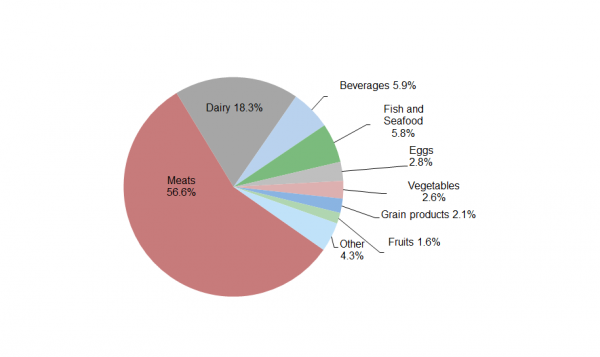
Greenhouse gases contribution by food type in average diet from: https://css.umich.edu/factsheets/carbon-footprint-factsheet
Reducing and replacing carbon emissions
The main thrust of the current UNFCCC initiatives is to reduce carbon dioxide emissions and we need to look at three different groups of emissions: Scope 1 emissions are caused directly by the company, Scope 2 emissions are a result of the company’s consumption of electricity, and Scope 3 emissions deal with activities in a company’s value chain, both upstream and downstream.
Reducing scope 1 carbon emissions in a tourist enterprise is mainly a question of reducing fossil-fuel powered energy, and this can be done through a variety of conservation and replacement initiatives. This includes actions related to lighting, heating and cooling, cooking and water supply, improved insulation against energy losses, increased efficiency in the use of electric equipment, and changes for in-house transport. As explained earlier, a modification in menu offerings can help to reduce Scope 1 emissions as well.
Scope 2 emissions are indirect GHG emissions from the generation of purchased electricity consumed by the company. There is not much a hotel or a restaurant can do about this, apart from tracking its energy consumption to see if there are opportunities for energy conservation and reduction in power use, or change to a greener power supplying utility if that is available. Creating your own power supply through renewable energy is another way of reducing Scope 2 emissions. One of the companies registered on the CFT registry, Svart Hotel in Norway, is aiming to be the first energy-positive hotel in the world, by generating more power than they actually need for their operations.
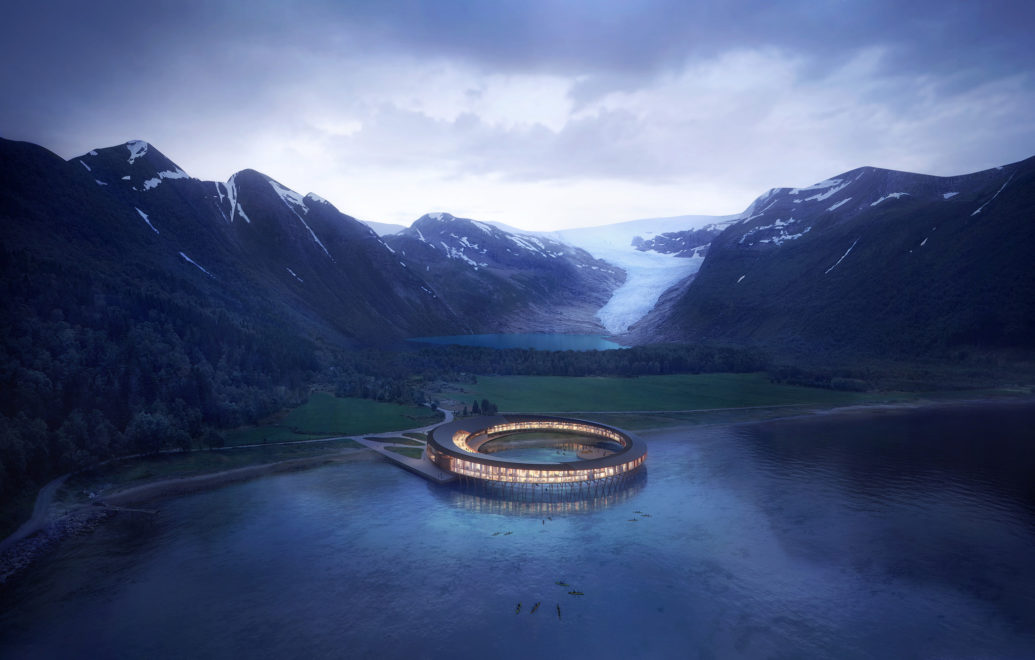
Svart Hotel, Norway
The real tricky ones are Scope 3 emission, which are described as “all indirect GHG emissions occurring as a consequence of a company’s activities both during the supply chain (upstream) and after production (downstream)”. For the hospitality sector, the main elephant in the room is the emissions related to air, marine and road transport of tourists, which comprises nearly half of the carbon footprint on an average tourism enterprise.

There are some exciting developments in the aviation world, with promises of electric plans and hydrogen-fueled aircraft, and the production of Sustainable Aviation Fuel. There is also talk about the shipping industry looking at hydrogen as a power supply. These developments will completely change the picture of international travel, but it will take at least another 10 years to show results.
At a smaller scale, and in a much shorter time span, electric vehicles are seen as the future solution for low-carbon road transport, and electric taxis will be a solution for many hospitality outlets. It is not restricted to road transport, and the Anana Krabi Hotel in Thailand has introduced an electric Long-tail Boat to transport its guests through the local mangrove forests.
Here on Gozo, electric TukTuks are introduced to move tourists around the island, and both Landrover and Toyota are promising to manufacture electric 4X4 vehicles, that can be used for the safari industry.
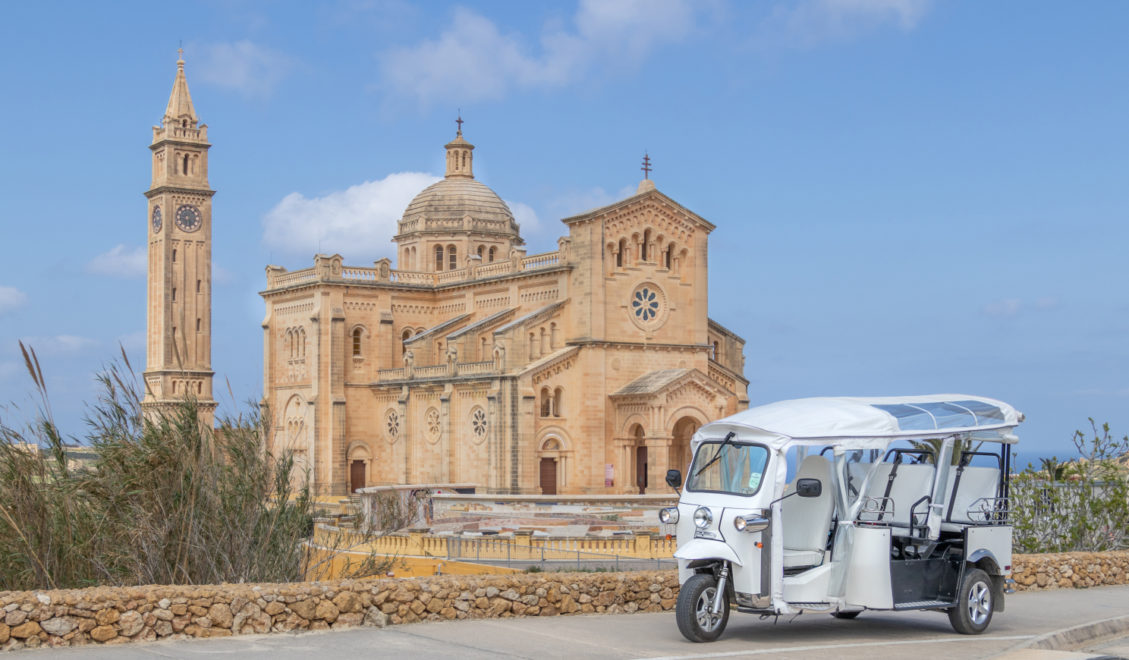
A Yippee electric TukTuk on the island of Gozo, Malta (https://yippeemalta.com/)
All of these solutions also have their challenges, including the need to modify the existing fuel supply infrastructure to provide electric transport charging facilities. But they show the way ahead for a low-carbon future.
Carbon offsets and credits
As a company has very little control over Scope 3 emissions, there is only one way to deal with this and that is to offset the emissions against an equal amount of carbon absorption elsewhere on the planet. There are many ways in which to take CO2 out of the air (see next section), and a carbon offset is a simple way of creating a net-zero situation.
The problems with carbon offsets and net-zero are that 1) it does not actually reduce CO2 overall, and 2) it provides an excuse not to work on actual avoidance or reduction. Carbon offset should therefore be seen as the ultimate step in the management hierarchy, and they should only be accepted as a stop-gap measure towards the aim of zero-GHG by 2050.
Carbon offsets can be monitised as carbon offset credits; a transferrable instrument certified to represent an emission reduction of one metric ton of CO2. There are two types of markets for carbon offset credits; the compliance market and the voluntary market.
The original compliance carbon market was initiated by the UNFCCC Kyoto Protocol’s Clean Development Mechanism (CDM). The Kyoto Protocol has expired, and negotiations to replace this with anew scheme under the Paris Agreement are still ongoing. As there is no agreement yet on a new market mechanism, the price of carbon is also up-in-the-air.
Within the voluntary market, demand for carbon credits is generated by private sector entities or sub-national governments. Credits can be certified by different independent organisations, and although all reputable carbon standards seek to verify carbon credits reliably, they vary in their approach, leading to different quality outcomes.
The recently launched Voluntary Carbon Markets Integrity Initiative (VCMI) will develop overall guidance for businesses on how they can ensure that their claims around becoming ‘carbon-neutral’ or ‘net-zero’ using offsetting are credible.
Carbon Dioxide Removal (CDR)
There a many ways in which we can take CO2 out of the air, and they all have advantages and disadvantages. The table below lists some of the main options available at present.
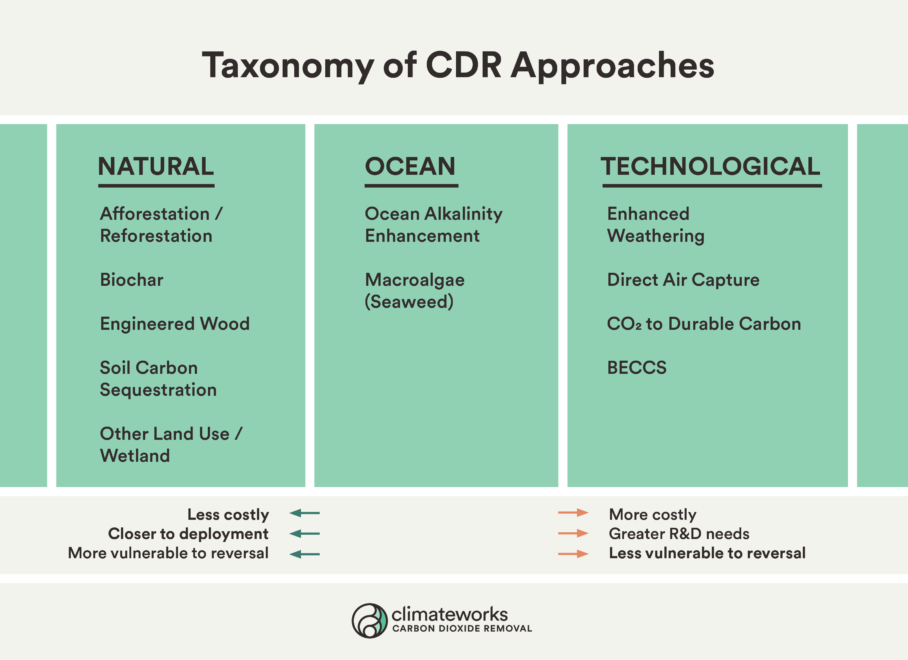
CO2 removal table
Afforestation and Reforestation
The most trusted and simplest way to sequester carbon is through photosynthesis by green vegetation. Planting trees has been advocated by many as the most efficient and cheapest carbon sink that is available, and if the carbon is locked into products like planks or furniture the carbon is captured for a long time. Critics have pointed towards many failed planting efforts, the use of wrong plants or trees for a particular area, the need for irrigation and the fact that the CO2 is emitted if the vegetation is burned or decayed.

The following is a list of afforestation initiatives that can provide carbon offsets through tree planting:
https://bamboologic.eu/en/compensation
https://carbonfund.org/project_category/forestry/
https://www.reforestaction.com/en/carbon-offsetting
Blue carbon in the ocean
The ocean absorbs immense amounts of carbon, and could absorb much more with strategic management interventions. This includes restoration and sustainable management of marine ecosystems and large scale seaweed cultivation, but there is also research on the use of iron shavings, carbonate and silicate to enhance absorption, even using electricity to accelerate the processes.
There are several ongoing initiatives to capture what is called “Blue Carbon” as a carbon offset opportunity, mainly by restoring sea grass beds.
https://oceanfdn.org/projects/seagrass-grow/
https://www.thebluecarboninitiative.org/
High-tech solutions
One the other end of the spectrum are the technological solutions like Direct Air Capture, manufacture of durable products from CO2 and Carbon Capture and Storage. While these technological solutions do not have the risk of reversal that is associated with the natural solutions, a more Research and Development is still required to get the technologies implemented at scale. Moreover, critics claim that significant emissions are created through these methods, and they take up large areas of land.
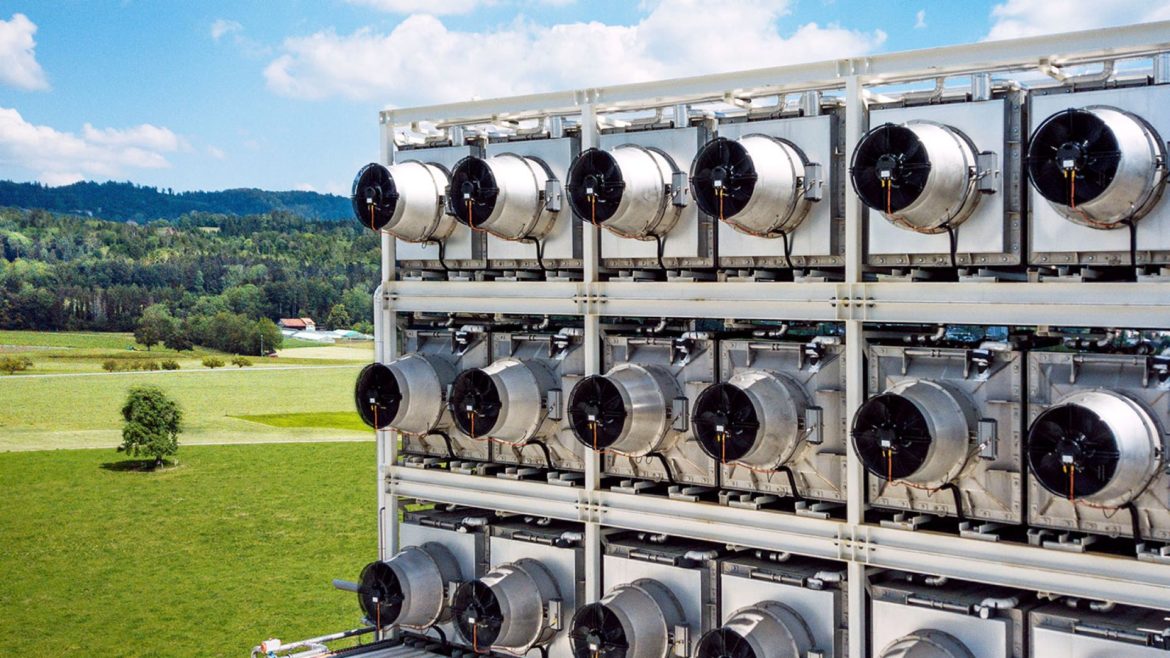
Climeworks Direct Air Capture plant (https://climeworks.com/)
This is a list of some of the most promising options:
https://www.weforum.org/agenda/2020/02/researchers-have-invented-a-brick-that-can-build-itself/
https://www.springwise.com/bricks-co2/
https://www.sccs.org.uk/images/expertise/briefings/SE-CO2-Hub.pdf
Conclusion
Decarbonisation, Carbon Offsets and Carbon Dioxide Reduction are all complicated issues, but we will all have to deal with them in view of the growing concern about climate change. This includes the tourism industry. Moreover, there may soon be legal requirements that will force travel and tourism companies and communities to take climate action.
I have seen many declarations and statements about the need to do something, but so far there is a reluctance to work on real GHG reductions. It is therefore important to get familiar with the challenges, measure your current carbon footprint, and work out how you can reduce your emissions. We can learn from examples, and the Climate Friendly Travel registry will have a database of good practices, guidance documents and general support information.
Together, we can make a difference.

Very informative.